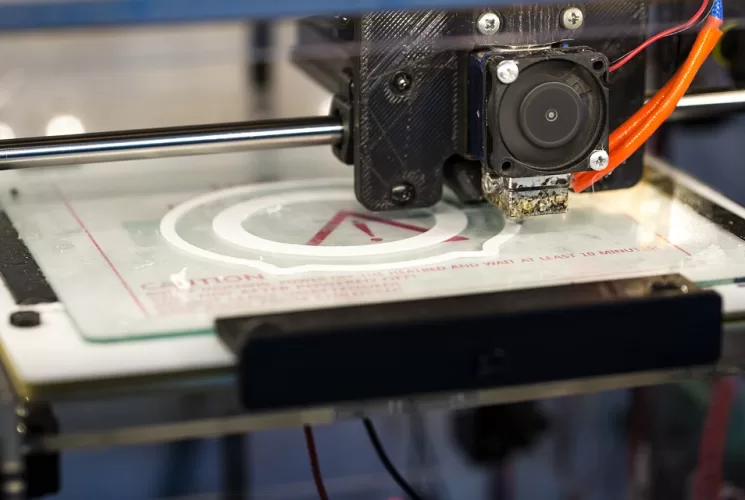
From Prototyping to Production: How 3D Printing is Reshaping Industries
In recent years, 3D printing has emerged as a revolutionary technology that is reshaping industries across the globe. What started as a tool for prototyping has now evolved into a game-changer in the manufacturing sector. With its ability to create complex and custom designs, 3D printing is transforming the way products are developed, produced, and distributed. In this article, we will explore how this groundbreaking technology is revolutionizing various industries.
One of the key advantages of 3D printing is its ability to rapidly prototype ideas. Traditional manufacturing methods often involve lengthy and expensive processes to create prototypes. However, with 3D printing, designers can quickly bring their concepts to life by simply printing them. This not only saves time but also allows for faster iterations and design improvements. As a result, companies can speed up their product development cycles and bring innovative products to market faster than ever before.
Beyond prototyping, 3D printing is also disrupting traditional manufacturing processes. The technology allows for the creation of intricate and complex designs that are difficult or even impossible to produce using traditional methods. For example, aerospace companies are using 3D printing to produce lightweight and durable components with intricate internal structures, reducing weight and improving fuel efficiency. Similarly, in the medical field, 3D printing is revolutionizing the production of prosthetics, implants, and even human tissue, enabling personalized and precise solutions for patients.
Moreover, 3D printing is enabling mass customization. In traditional manufacturing, producing customized products is often expensive and time-consuming. However, with 3D printing, customization becomes more accessible and cost-effective. By leveraging digital design files, companies can easily modify and adapt products to meet individual customer needs, without incurring significant additional costs. This opens up new possibilities for personalized products across industries, from fashion and jewelry to automotive and consumer electronics.
The impact of 3D printing extends beyond product development and customization. It is also transforming supply chains and logistics. Traditional manufacturing often involves long and complex supply chains with multiple intermediaries. 3D printing, on the other hand, enables on-demand production, reducing the need for large inventories and minimizing transportation costs. Companies can now produce parts and products closer to their end-users, shortening lead times and enhancing responsiveness to market demands. This decentralized production model is particularly beneficial in remote or underserved areas, where access to goods and spare parts is limited.
Despite its numerous benefits, 3D printing still faces challenges in terms of scalability and material limitations. While the technology has made significant advancements, it is not yet suitable for large-scale production of certain materials or products. However, ongoing research and development efforts are continuously pushing the boundaries of what is possible with 3D printing. As the technology evolves, we can expect to see even more industries embracing its potential and reaping the benefits it offers.
In conclusion, 3D printing is revolutionizing industries by transforming prototyping into production. From faster and more efficient product development to mass customization and streamlined supply chains, this groundbreaking technology is reshaping the way we design, produce, and distribute goods. While there are still hurdles to overcome, the potential of 3D printing is immense. As it continues to advance, we can anticipate further disruptive changes and exciting opportunities in various sectors.
© Copyrights by Soulfulls. All Rights Reserved. Developed by Soulfulls